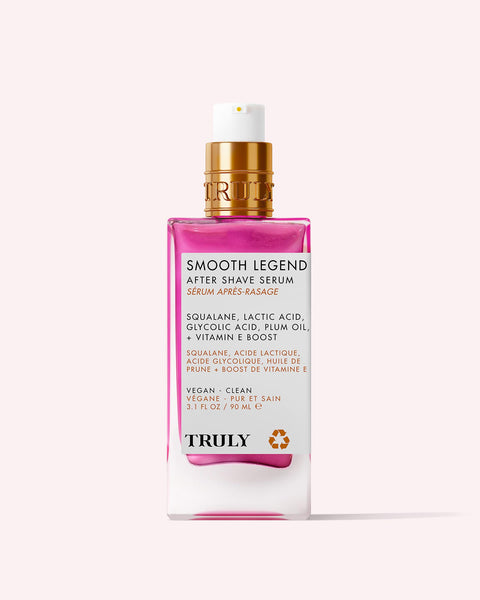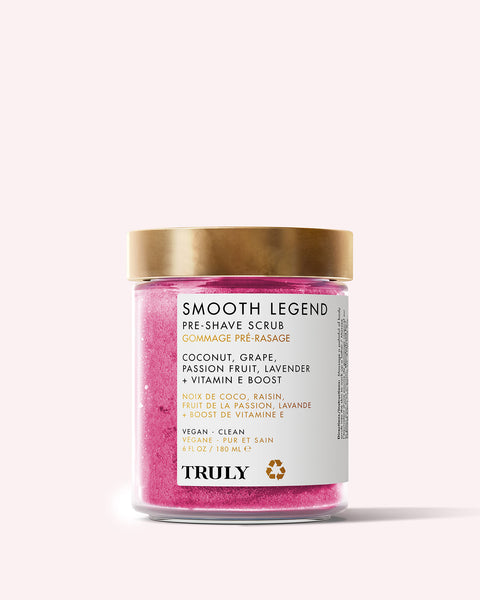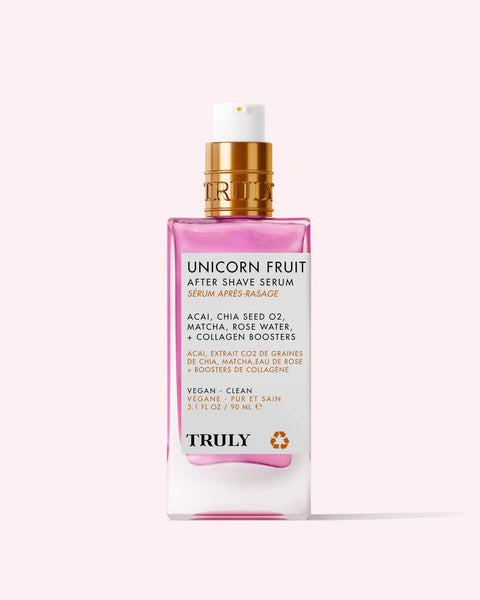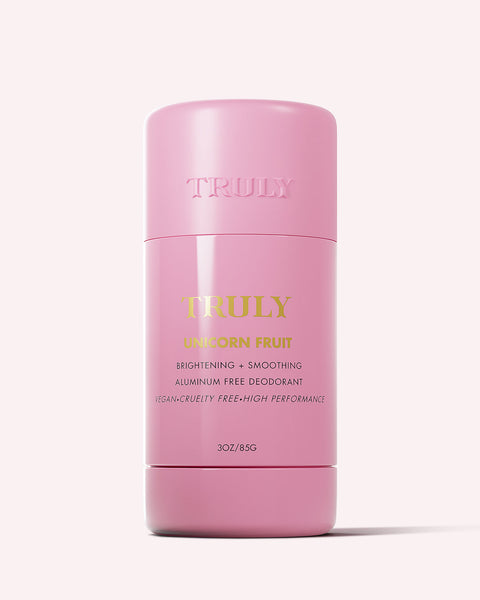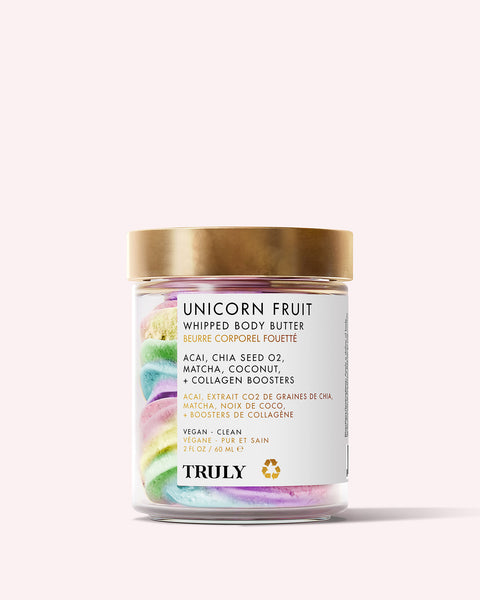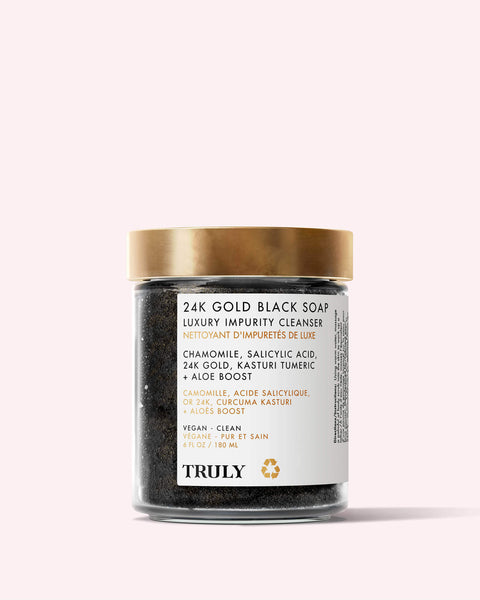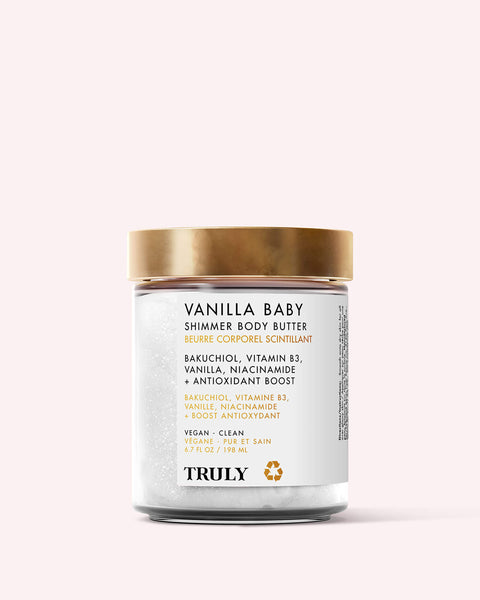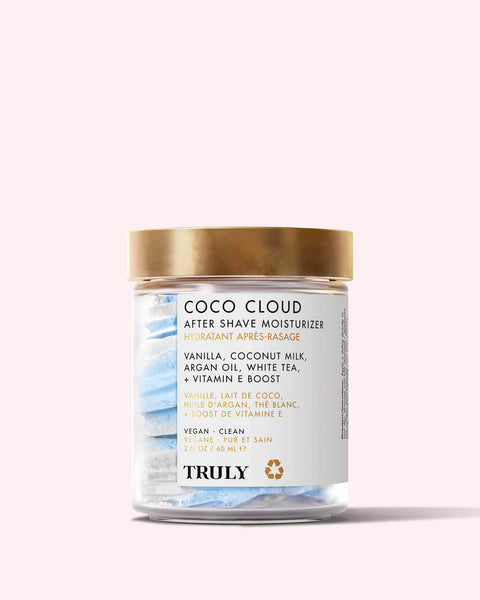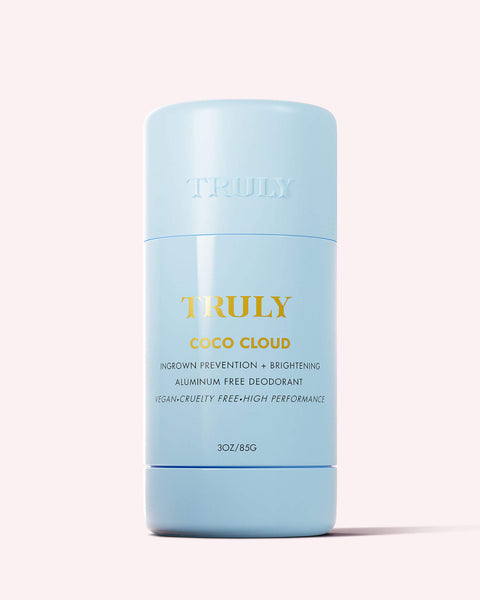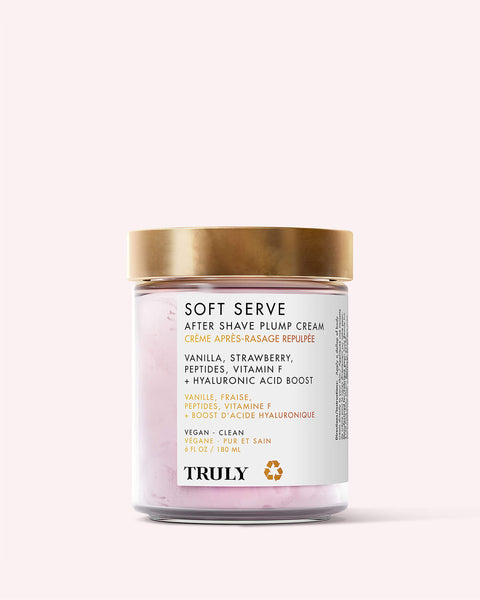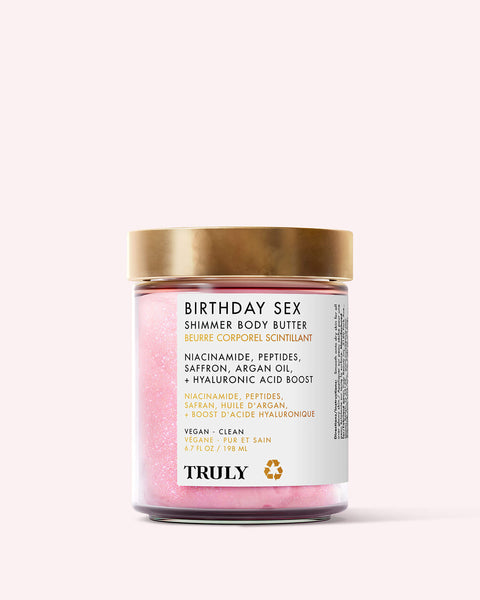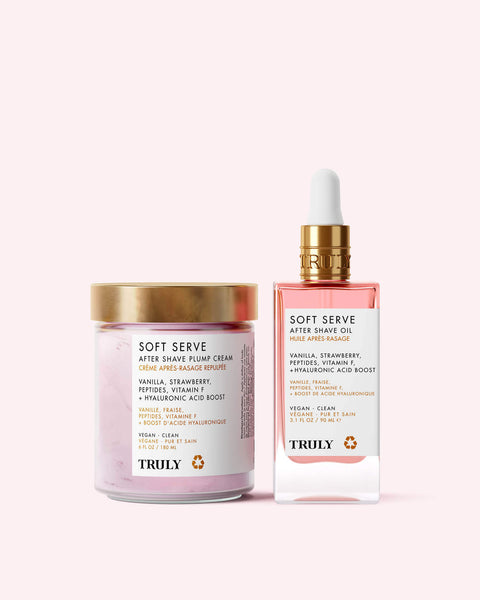5 Grapeseed Oil Benefits for Skin

Discover all the benefits of grapeseed oil for skin and how to use it for the glowiest skin of your life.
Grapeseed oil is the antioxidant-packed ingredient you need in your skincare routine. Especially if you’re looking for a non-comedogenic alternative to natural oils like coconut oil.
Ready to hear all about the top grapeseed oil benefits for skin? We’ve got it all covered right here—plus the best grapeseed oil products for soft, luminous skin.
What is Grapeseed Oil for Skin?
Grapeseed oil—also known as Vitis Vinifera seed oil—is a lightweight oil extracted from the seeds of grapes. Interestingly, grapeseed oil is actually a byproduct of winemaking: once grapes are pressed for wine, the leftover seeds are cold-pressed to release their nourishing oil.
Its fast-absorbing texture, non-comedogenic nature, and nutrient-rich profile have made it a favorite in skincare.
Is Grapeseed Oil Good for Skin?
Absolutely! Grapeseed oil is packed with skin-loving vitamins and essential fatty acids. But what really sets it apart? Its powerful antioxidants—especially polyphenols like proanthocyanidins.
These compounds are antioxidant powerhouses, shown to be up to 20 times more potent than vitamin E and 50 times more potent than vitamin C. Their supercharged abilities help protect skin from environmental damage and visibly reduce signs of aging like sun spots, fine lines, and wrinkles.
Best Grapeseed Oil for Skin
Start Reaping the Benefits With These Grapeseed Oil Products
Grapeseed Oil Benefits for Skin
So, what are the benefits of grapeseed oil for skin? From what the research shows us, it seems like all skin types can reap the rewards of using grapeseed oil in their daily skincare routine. Here’s everything grapeseed oil can do for your skin.
1. Treats Acne Breakouts
Thanks to its natural antimicrobial properties, grapeseed oil may help fight the bacteria that contribute to breakouts. While more research is needed, its ability to target pore-clogging bacteria makes it a promising option for acne-prone skin.
High in linoleic acid—an omega-6 fatty acid—grapeseed oil strengthens the skin barrier and minimizes moisture loss. As a result, skin is less likely to produce excess sebum which may also help reduce acne.
That said, anyone with oily skin or acne-prone skin should always introduce new oils carefully and patch test before full application.
2. Fights Signs of Aging
Another reason to use grapeseed oil for skin is for its anti-aging benefits. It’s chock full of vitamin E—an antioxidant that helps protect skin from the harmful effects of UV rays and pollution.
Alongside this, studies show that grapeseed oil can repair collagen production. In doing so, it can help plump out fine lines and wrinkles while increasing skin’s firmness for a more youthful look and feel.
3. Hydrates & Softens
Since grapeseed oil contains high levels of vitamin E and essential fatty acids, this nourishing oil is an excellent natural moisturizer. It’s particularly great for dry skin as research proves it improves skin’s moisture, softness, and elasticity.
That’s why you will find grapeseed oil in a wide range of skincare products that aim to hydrate and moisturize the skin. Grapeseed oil creams, lotions, and cleansers are all popular picks for soothing and softening the skin.
4. Evens Skin Tone
Grapeseed oil contains the powerful antioxidant proanthocyanidin, which may improve skin tone when used consistently in your routine. It can also reduce the appearance of dark spots and hyperpigmentation when used regularly.
Additionally, the oil’s ability to boost collagen production and improve skin elasticity may help fade old scars and promote a smoother, more radiant appearance.
5. Prevents Free Radical Damage
Grapeseed oil is loaded with antioxidants, including beta-carotene, vitamins C, D, and E, and polyphenols. These compounds work together to neutralize free radicals and defend the skin against environmental aggressors like UV rays and pollution.
Studies suggest that grapeseed oil may help reduce the impact of sun exposure, acting as an added layer of protection against UV-induced skin damage.
Shop This Grapeseed Oil Skincare Routine
Get your glow on with two viral-worthy routines! This 4-step set features a cleansing balm, two facial serums, and a face cream packed full of niacinamide, jojoba oil, vitamin E, and of course...grapeseed oil. It targets dry skin, large pores, and signs of aging in 4 glow-enhancing steps. Get ready to finish your routine looking luminous!
Shopper Says: “The glass skin serum has made my pores look so much smaller, and the glazed donut products give me the most gorgeous glow all day long!” - Hannah
Side Effects of Grapeseed Oil for Skin
To date, there are no known adverse side effects of using grapeseed oil topically. It’s generally well-tolerated by most skin types, including sensitive skin and acne-prone skin.
That said, it’s always smart to do a patch test before applying it to your face. Apply a small amount of oil to a less visible area—like your wrist or ankle—and wait 24 hours to check for any signs of irritation or allergic reaction.
Is Grapeseed Oil Pore Clogging?
No, grapeseed oil is lightweight and non-comedogenic, meaning it will not clog your pores and is unlikely to trigger breakouts. This makes it a safe and effective ingredient for people with oily and blemish-prone skin.
Grapeseed Oil Uses for Skin

Want to know how to use grapeseed oil for skin? Grapeseed oil can be used in more than one way. Here are the top uses of grapeseed oil for skin.
Moisturizer
Grapeseed oil is most commonly used as a moisturizer. You can either apply it directly to your skin or use a moisturizer that contains grapeseed oil. This non-comedogenic, hydrating ingredient works well for daytime but you can also use it in the evening.
Alternatively, try mixing cold-pressed grapeseed oil with your daily moisturizer or mixing it with a few drops of jojoba oil or rosehip oil to create your own moisturizer.
Cleansing Oil
Cleansing your skin with grapeseed oil is an excellent way to remove excess oil, makeup, and impurities without stripping away natural oils and drying out your skin.
Simply apply a few drops of grapeseed oil between your palms and massage into your skin. Then use a warm clean washcloth to remove the oil.
Massage Oil
Grapeseed oil makes the perfect massage oil. It’s lightweight and not too greasy, allowing your hands or massage tools to glide easily over the skin. Alongside this, it’ll also simultaneously hydrate and nourish your skin with all its skin-loving nutrients.
Hair Treatment
While it’s most popular to use grapeseed oil for skin hydration and health, you can also use it as a hair care treatment. The fatty acids in grapeseed oil help seal moisture into the hair shaft, giving you strong, shiny strands.
To make a simple hair mask use a few drops of grapeseed oil warmed for a few seconds in the microwave. Apply to your hair. Cover your head with a shower cap. Then rinse out after 20-30 minutes.
The benefits of grapeseed oil for skin are undeniable. This lightweight, antioxidant-packed oil fights acne, offers hydration, reduces the appearance of aging, and helps protect against environmental damage.
Plus, it’s non-comedogenic and gentle enough to suit all skin types, from sensitive to acne-prone. With its powerful nutrients and minimal risk of irritation, grapeseed oil could be the perfect addition to your skincare regimen.








